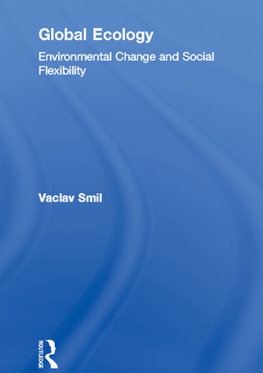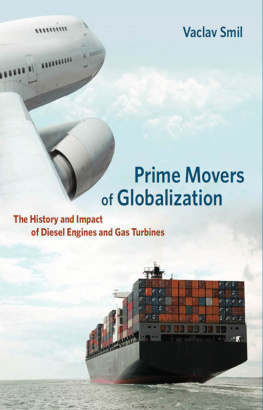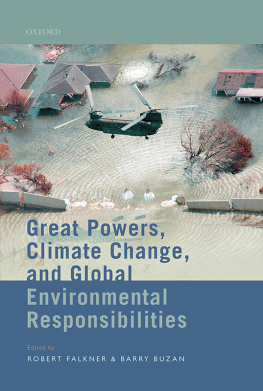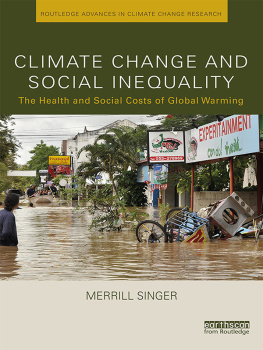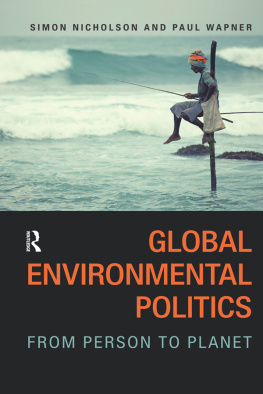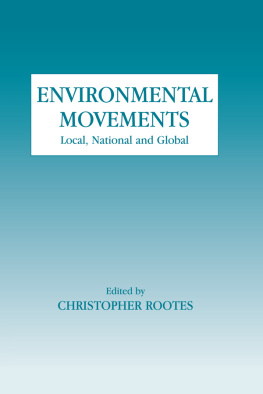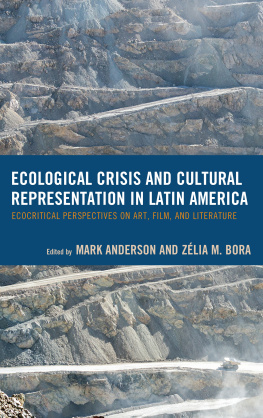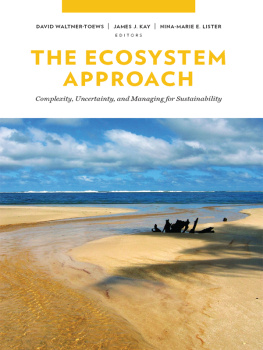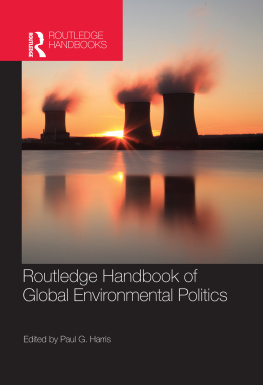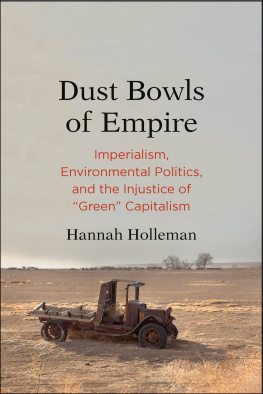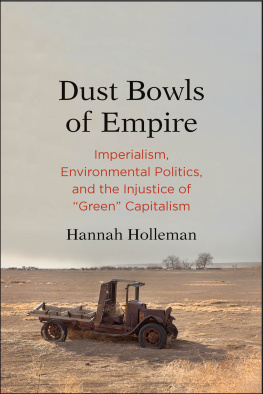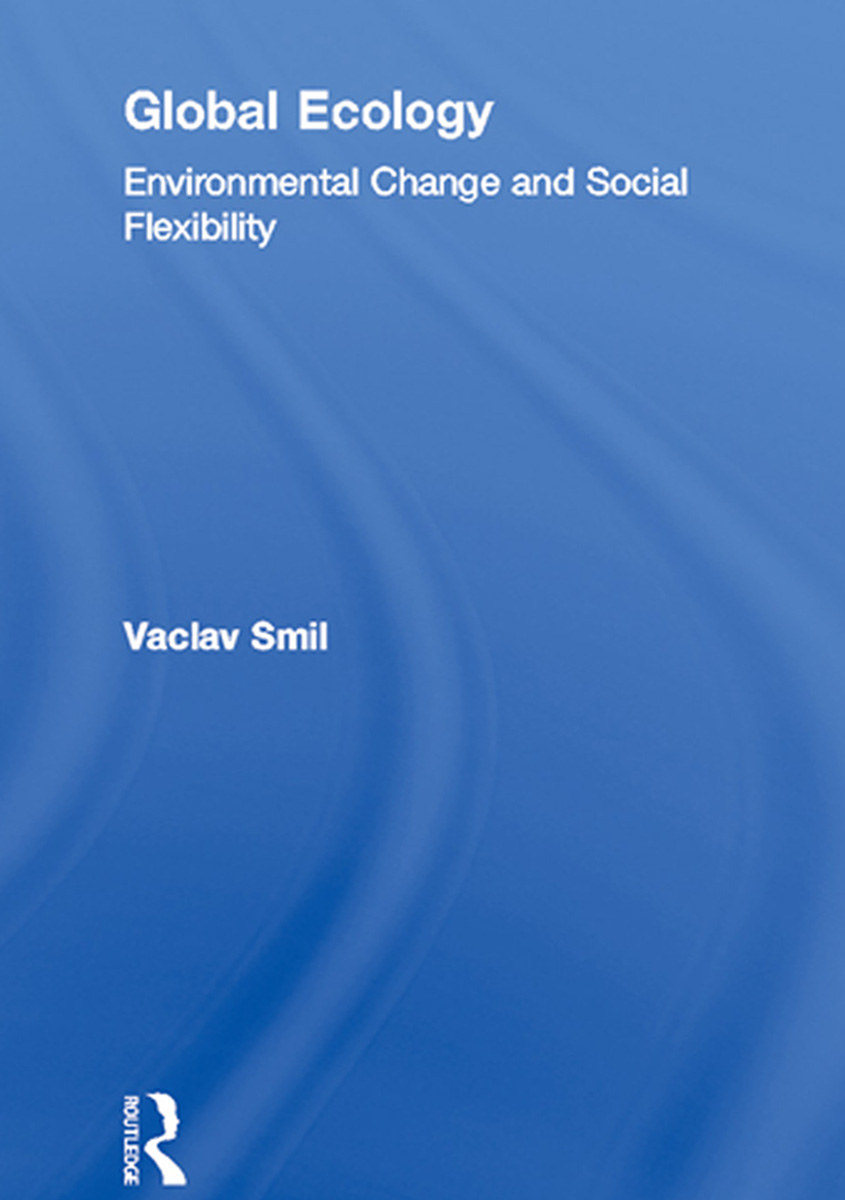FIGURES
PREFACE
Society is a wave. The wave moves onward, but the water of which it is composed does not, wrote Emerson in his essay on self-reliance (1860). And so we have had, starting in the early 1970s, another busy period of questioning the human prospect. Concatenation of the end of a generation of rapid economic growth, growing anxieties about resource scarcity and environmental pollution, rising energy costs, record low grain stocks and several famines made the early 1970s into a time of great doubt. There is a question in the air, noted Robert Heilbroner in 1974, more sensed than seena question that I would hesitate to ask aloud did I not believe it existed unvoiced in the minds of many: Is there hope for man? His answer, although qualified, was No. At the same time the Club of Rome predicted a rather sudden and uncontrollable decline in both population and industrial capacity during the next century, a conclusion based on computer models of The Limits to Growth (Meadows et al. 1972).
The second half of the 1970s and the early 1980s did not bring much cheer: energy prices rose even higher, global economy went into a recession, superpower relations deteriorated. In the panic gold prices rose sharply and The Bulletin of the Atomic Scientists pushed its doomsday clock just three minutes to midnight. The 1980 Global 2000 Report to the President was hardly more comforting than The Limits published in 1972. Not surprisingly, there arose a small wave of optimistic antidotes portraying a future of unlimited prospects: The Resourceful Earth (Simon and Kahn 1984) was its most eloquent example. Yet its critical reading shows this riposte to carry no fewer biases and errors than the earlier prophecies of doom. Still, the world of the mid-1980s seemed a more hopeful place with its easing of superpower tensions, rising stock markets, lower energy prices and encouraging regional moves toward food self-sufficiency, democracy and end of armed conflicts.
These were short-lived reversals. The end of the decade and the beginning of a new one became, once again, gloomy, and not even the demise of the Soviet empire could dispel these feelings. Growing burdens of overspending in rich nations and of the huge debt in the poor ones, hopeful but also potentially dangerous disintegration of one superpower and a discomfiting malaise of the other, advancing pandemics of AIDS, and the resurgence of atavistic ethnic conflicts now unfold against a background of unprecedented concerns about the magnitude and rapidity of global environmental change.
Its ingredients have become well known. Massive burning of Amazonian forests, indiscriminate logging in South-east Asia and food and fuel needs of Africas fast-growing population are destroying tropical rain forests, the Earths richest repositories of biodiversity. Soil erosion, desertification, improper irrigation, inadequate recycling of organic matter and excessive use of farm chemicals are reducing the extent and the quality of arable lands. The Antarctic ozone hole and a possibility of its Arctic duplicate are causing fears of extensive damage to crops, animals and human health. And the anticipation of rapid climatic change is moving nations toward a formulation of global co-operative policies designed to forestall the burdens of reduced harvests, declining economies and masses of environmental refugees.
In this book I will first appraise our understanding of these, and other, threats to the perpetuation of life on the Earth (Chapter 1). Then I will look at fundamental existential requirements (Chapter 2) and proceed with a detailed assessment of all major environmental concerns (Chapter 3). The next two chapters (Chapters 4 and 5) will be devoted to a critical review of numerous options we have to deal with this worrisome deteriorationand no less numerous complications which will hinder such adaptations. This sequence is deliberate: a sensible appraisal of our capabilities must resonate with tensions and contradictions.
After finishing Chapter 4 reviewing the possibilities of effective advances and solutions, a reader should feel justifiably confident that the combination of human inventiveness and determination offers a way out from our predicament. But after concluding Chapter 5 which details major obstacles on this path a reader may have serious doubts if this promise can be realized. This disconcerting contrast is undoubtedly exasperating and depressingbut to believe that we can bridge the gap between the two realities is not a matter of foolish faith but rather a cause for affirmation of hope and for a determined pursuit of creative thinking and unprecedented solutions (Chapter 6). Appreciation of the gap is essential in order to act rationallyto realize the enormity of the task ahead and to marshal requisite responses.
In portraying this quintessentially yin-yang quality of the challenge I will use no elaborate analytical techniques, no complicated forecasting models, just simple observations, commentaries, probes and questions returning to some great constants of our successes and failures. Selection of examples, the choice of arguments and the very way of overall presentation also reflect personal inclinations and preferences. I am well aware that such an approach cannot be devoid of biases, lapses, and contradictions. But a clear personal voice does not make the book normative: I am not prescribing any definite solutions, I am merely showing the dimensions of essential requirements, pointing approvingly in some directions and arguing for preservation of maximum flexibility.
GLOBAL ECOLOGY
The magnitude and rapidity of global environmental degradation threatens the perpetuation of life on Earth. Yet our understanding of biospheric change may not be sophisticated enough to adopt the long-term management strategies necessary to put modern civilization on a sustainable basis.
Global Ecology evaluates the current state of knowledge concerning biospheric change, recognizing the limits of scientific studies and quantitative modelling, and analysing the weaknesses and uncertainties of our environmental understanding. A critical assessment of existential needs discusses the levels of food, energy, water and materials necessary to support a decent quality of life.
Global Ecology juxtaposes the encouraging potential for effective solutions with the numerous environmental, technical and social obstacles that limit and counteract efforts to improve our management of natural resources and reduce environmental degradation. With a strong plea to preserve flexibility of adaptive actions in managing the transition to a more sustainable society, the author leads the reader to a greater understanding of our ability to manage the effects of biospheric change.
Vaclav Smil is Professor of Geography at the University of Manitoba, Canada.
Whilst the multitude of men degrade each other, and give currency to desponding doctrines, the scholar must be a bringer of hope and must reinforce man against himself.
Ralph Waldo Emerson The Method of Nature (1841)
GLOBAL ECOLOGY
Environmental change and social flexibility
Vaclav Smil

First published 1993
by Routledge
11 New Fetter Lane, London EC4P 4EE
This edition published in the Taylor & Francis e-Library, 2005.
To purchase your own copy of this or any of Taylor & Francis or Routledges collection of thousands of eBooks please go to www.eBookstore.tandf.co.uk.

